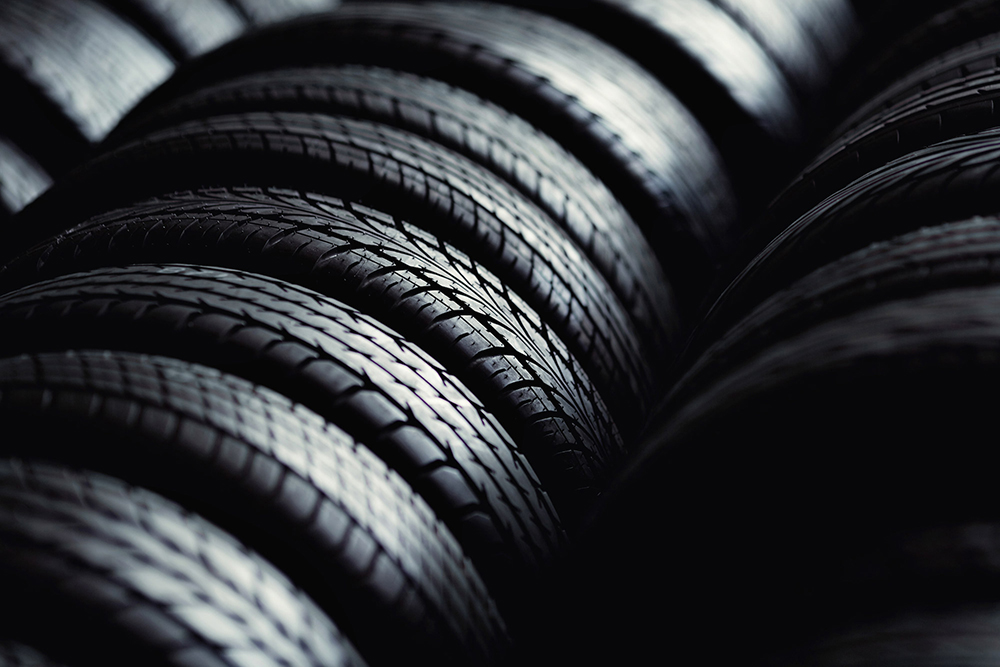Scientists have developed a new way to re-use discarded tyres by returning them to their chemical building blocks, which allows them to create more tyres.
According to the Rubber Manufacturers Association, nearly 270 million tyres were discarded in the US in 2013, more than one per adult living in the country. Thousands get stockpiled in landfills and, because tyres are non-degradable, they could potentially survive indefinitely.
The team says that more than half go on to become fuel — shredded scrap tyres that get mixed with coal and other materials to help power cement kilns, pulp and paper mills and other plants – but environmentalists are concerned that emissions from the practice could be adding harmful pollutants to the air.
One possible solution would be to make new tyres with degradable materials and, since 2012, the research team led by Hassan S. Bazzi, Ph.D., at the Texas A&M University campus in Qatar, has been working on the technology.
They started with a basic molecule called cyclopentene. Cyclopentene and its precursor cyclopentadiene are low-value major components of the abundant waste from petrochemical refining, in particular its steam-cracking operation C5 fraction, which contains hydrocarbons with five carbon atoms.
With colleagues at the California Institute of Technology, they have been experimenting with catalysts to string cyclopentene molecules together to make polypentenamers, which are similar to natural rubber.
Currently, synthetic-rubber makers use butadiene as their base material, but its cost has recently gone up, opening the door to competition so the team turned to cyclopentene as a potential alternative. Calculations showed that polymerizing cyclopentene and degrading it under relatively mild reaction conditions — and thus requiring minimal energy and expense — should be possible.
Robert Tuba, Ph.D., one of the lead researchers on the project, said: “The basic idea behind this project was to take a byproduct of the petrochemical industry and turn some of it into recyclable value-added chemicals for use in tyres and other applications. We want to make something that is good for the community and the environment.”
In progress are new studies that mix the synthetic rubber with other tyre materials, which include metals and fillers. The researchers are also scaling up their lab experiments to see whether the tyre industry could realistically use their processes.
Robert said: “If the fundamental studies are very promising — which at this point, we believe they are — then our industry partner will come in to continue this project and bring the material to market.”
The researchers received funding from the Qatar Foundation and the Qatar National Research Fund.














